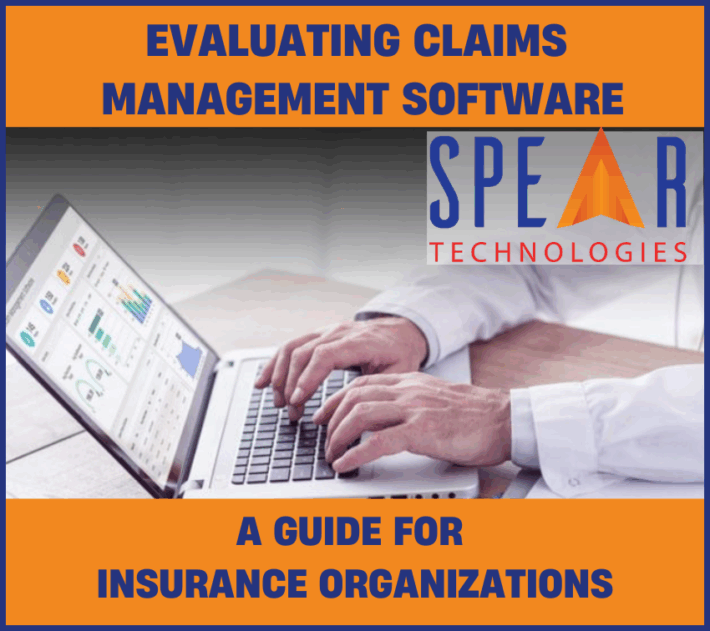Artificial Intelligence vs Analytics

The Realities and Misconceptions Regarding Two Essential Tools for Insurers
In today’s fast-paced insurance landscape, staying ahead of the curve is essential for maintaining competitiveness and meeting evolving customer expectations. As technology continues to advance, insurers are increasingly turning to tools like Artificial Intelligence (AI) and analytics to drive innovation, enhance operational efficiency, and improve customer experiences. However, amidst the buzz surrounding these technologies, there often exists confusion regarding their capabilities, limitations, and how they differ. In the context of insurers, the difference between AI and analytics can be understood in how they are applied to improve various aspects of the insurance business.
Understanding Artificial Intelligence
Artificial Intelligence refers to the simulation of human intelligence processes by machines, primarily through the use of algorithms and data. In the insurance sector, AI holds immense potential across various functions, such as assessing underwriting risk, personalized pricing based on individual risk profiles, straight-through-processing, automating work assignments, assisting customers with filing claims, processing of claims, and fraud detection. One of the key misconceptions about AI is that it will completely replace human workers. While AI can automate routine tasks and augment human capabilities, it is not designed to eliminate the need for human expertise. Instead, it empowers insurers by streamlining operations, enhancing decision-making, and enabling more personalized interactions with customers.
Dispelling Myths About AI
Myth #1: AI is a Silver Bullet: While AI offers significant benefits, it is not a one-size-fits-all solution. Implementing AI requires careful planning, data preparation, and ongoing monitoring to ensure its effectiveness. Moreover, AI is not immune to biases inherent in the data it’s trained on, highlighting the importance of ethical considerations and human oversight.
Myth #2: AI Will Replace Human Workers: Contrary to popular belief, AI is meant to complement human workers, not replace them. While AI can automate repetitive tasks and improve efficiency, human judgment, empathy, and creativity remain indispensable in many aspects of insurance, such as complex decision-making and building rapport with clients.
Myth #3: AI Is Only for Large Insurers: Another misconception is that AI is prohibitively expensive and suitable only for large insurers. In reality, AI solutions are becoming more accessible and scalable, enabling insurers of all sizes to leverage its benefits. Many AI tools are customizable and adaptable to specific business needs and budget constraints.
Unraveling the Power of Analytics
Analytics involves the systematic analysis of data to derive insights and inform decision-making. In the insurance industry, analytics plays a crucial role in risk management, pricing optimization, customer segmentation, fraud detection, and predictive modeling. Despite its proven value, there are several misconceptions surrounding analytics that warrant clarification.
Debunking Analytics Myths
Myth #1: Analytics Requires Big Data: While having access to large volumes of data can enhance the effectiveness of analytics, it’s not a prerequisite for deriving actionable insights. Even with limited data sets, insurers can still derive valuable insights by leveraging advanced analytical techniques and tools.
Myth #2: Analytics Guarantees Predictive Accuracy: While analytics can provide valuable predictive insights, it’s essential to recognize that predictions are inherently probabilistic and subject to uncertainty. Insurers should exercise caution and validate predictive models rigorously to ensure their reliability and accuracy.
Myth #3: Analytics Is a Standalone Solution: Analytics is most effective when integrated into broader business processes and decision-making frameworks.
Simply generating insights from data is not enough; insurers must translate those insights into actionable strategies and operational improvements to realize tangible benefits.
Navigating the Intersection: Integrating AI and Analytics
While AI and analytics can both be standalone solutions, the real power for insurers is in the synergy between them. Integrating AI-driven insights with advanced analytics into your core systems can unlock new opportunities for innovation and competitive differentiation, leading to increased business, better management of risk, and lower cost of operations.
Understanding the realities and dispelling the misconceptions surrounding AI and analytics enables insurers to harness the full potential of these technologies. By embracing AI as a complement to human expertise and recognizing analytics as an ongoing journey rather than a finite project, insurers can leverage these technologies to drive meaningful business outcomes, enhance operational efficiency, and deliver unparalleled value to customers in an increasingly digital world.
To see first-hand how your organization could be benefiting from the synergy of AI and Analytics while lowering your total cost of ownership with Spear’s suite of insurance software solutions, Schedule a Demo.
To discover how Spear’s solutions are accessible to insurers of all sizes, Request Pricing.



